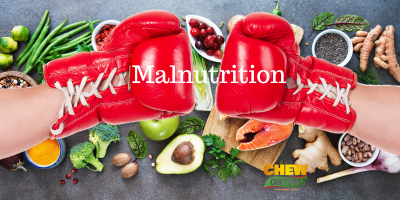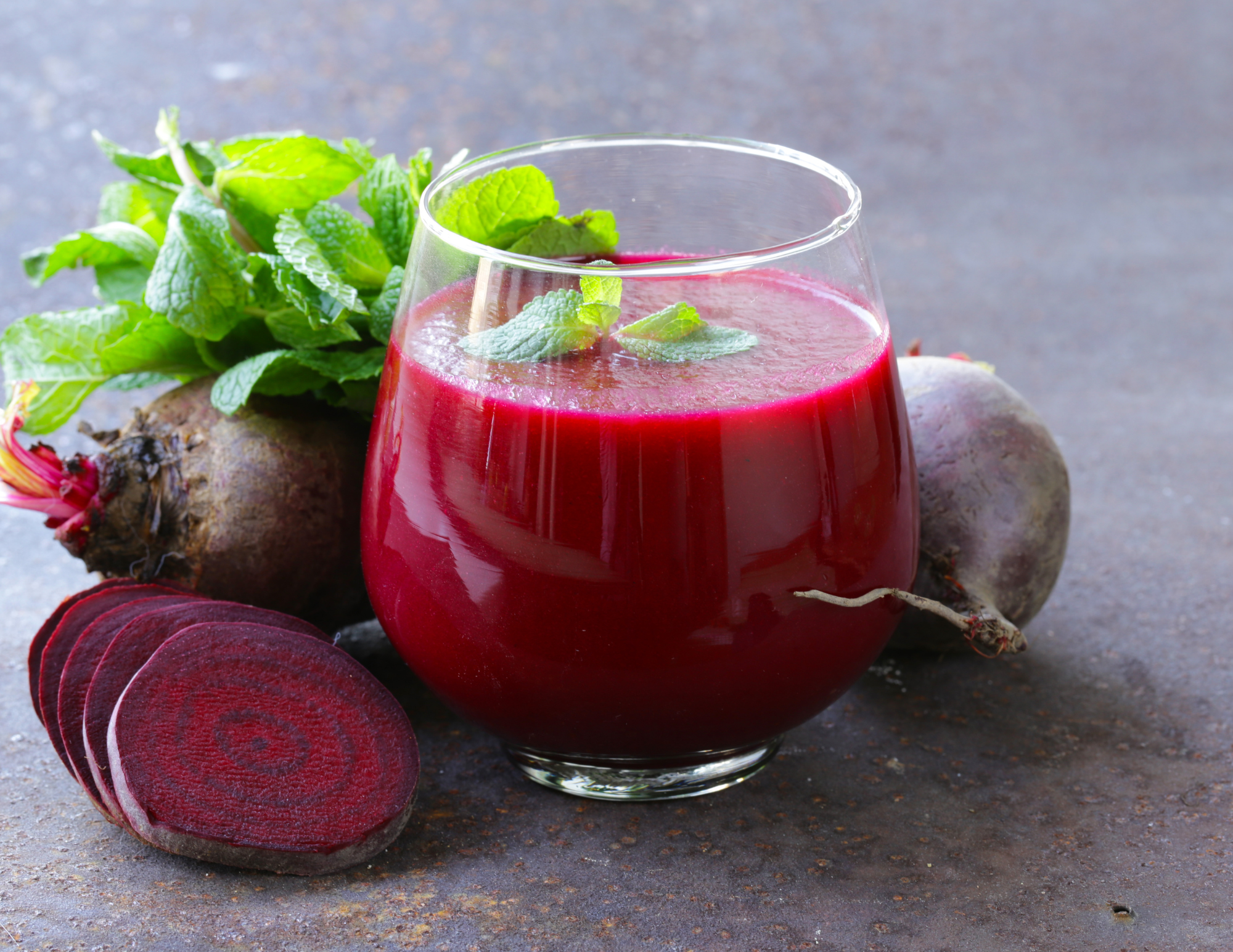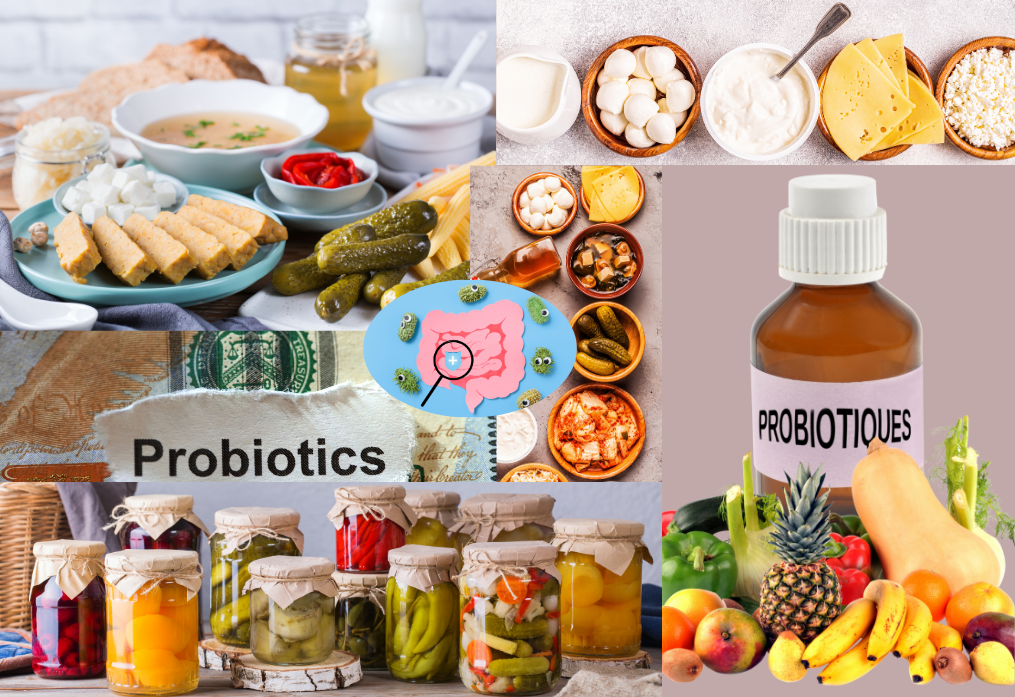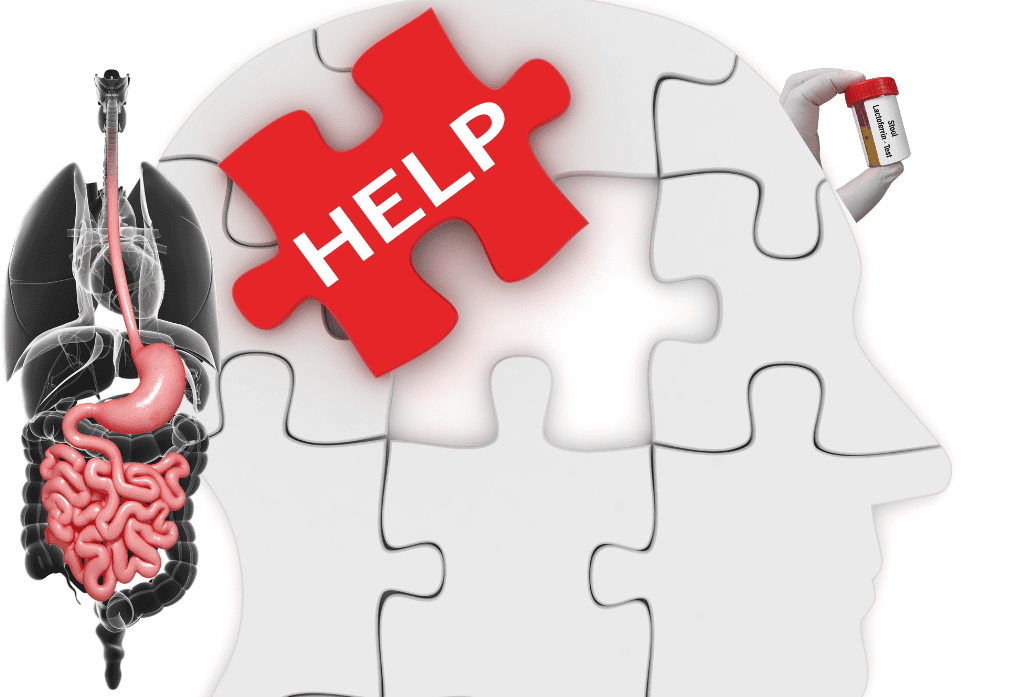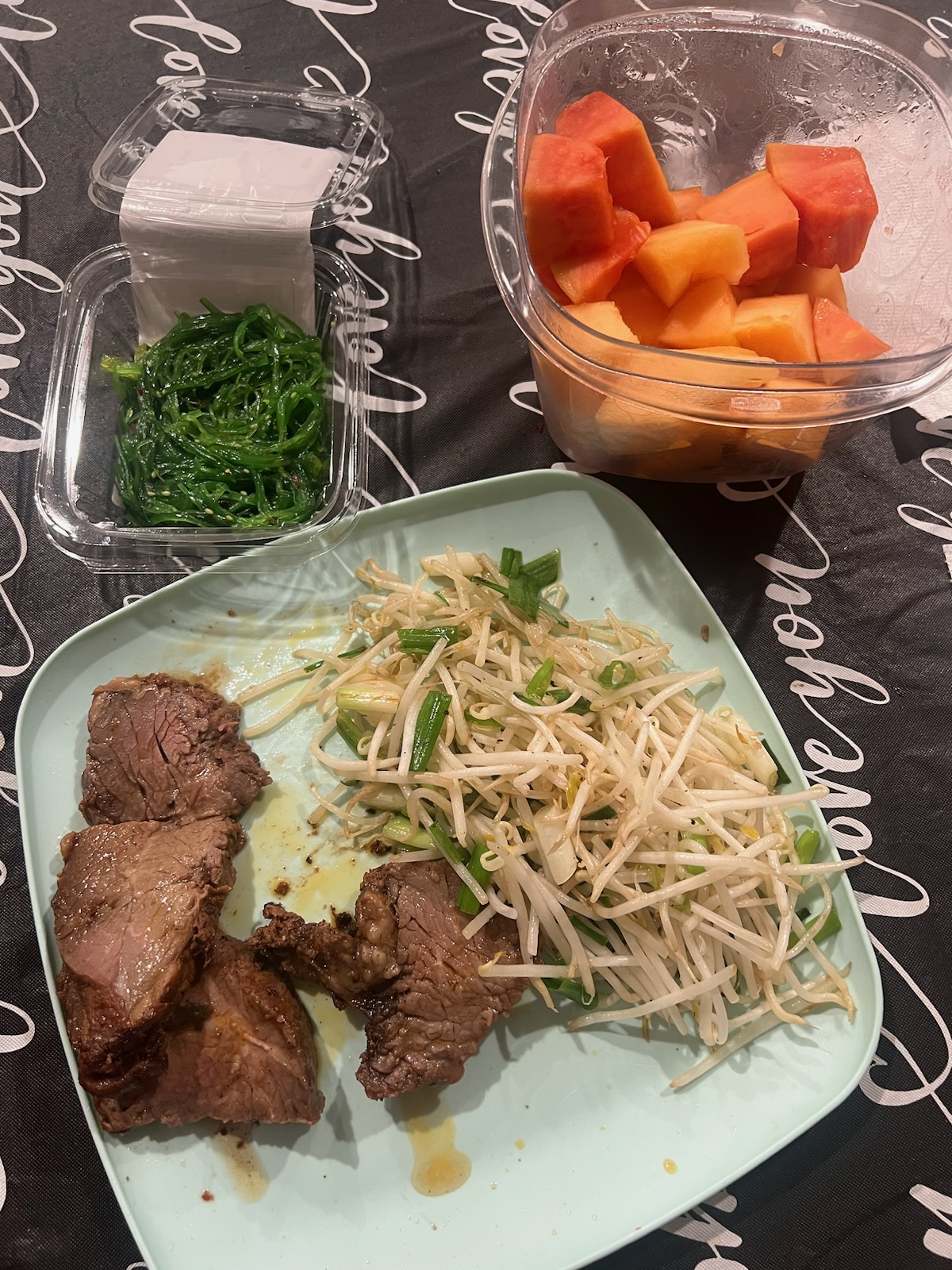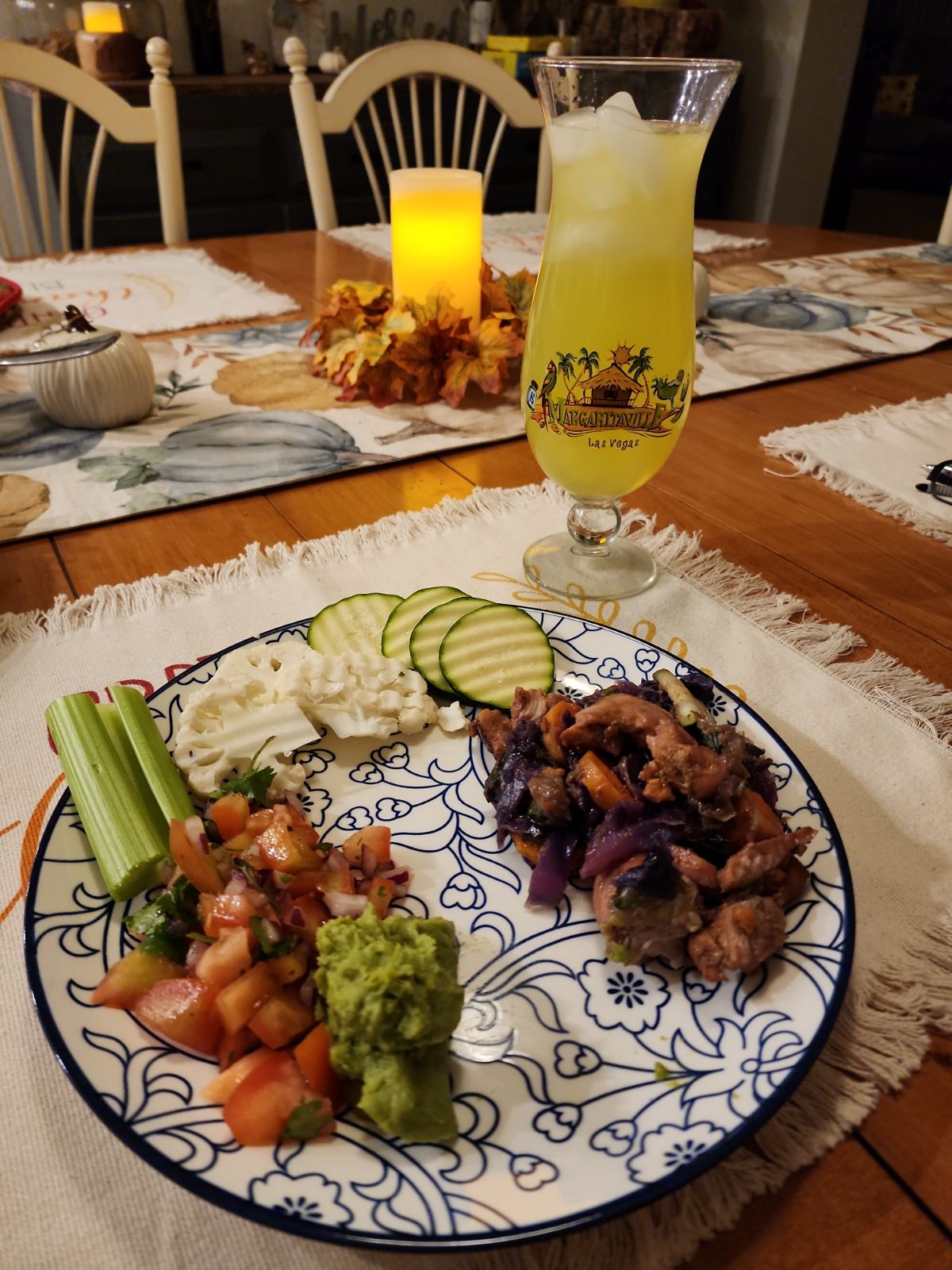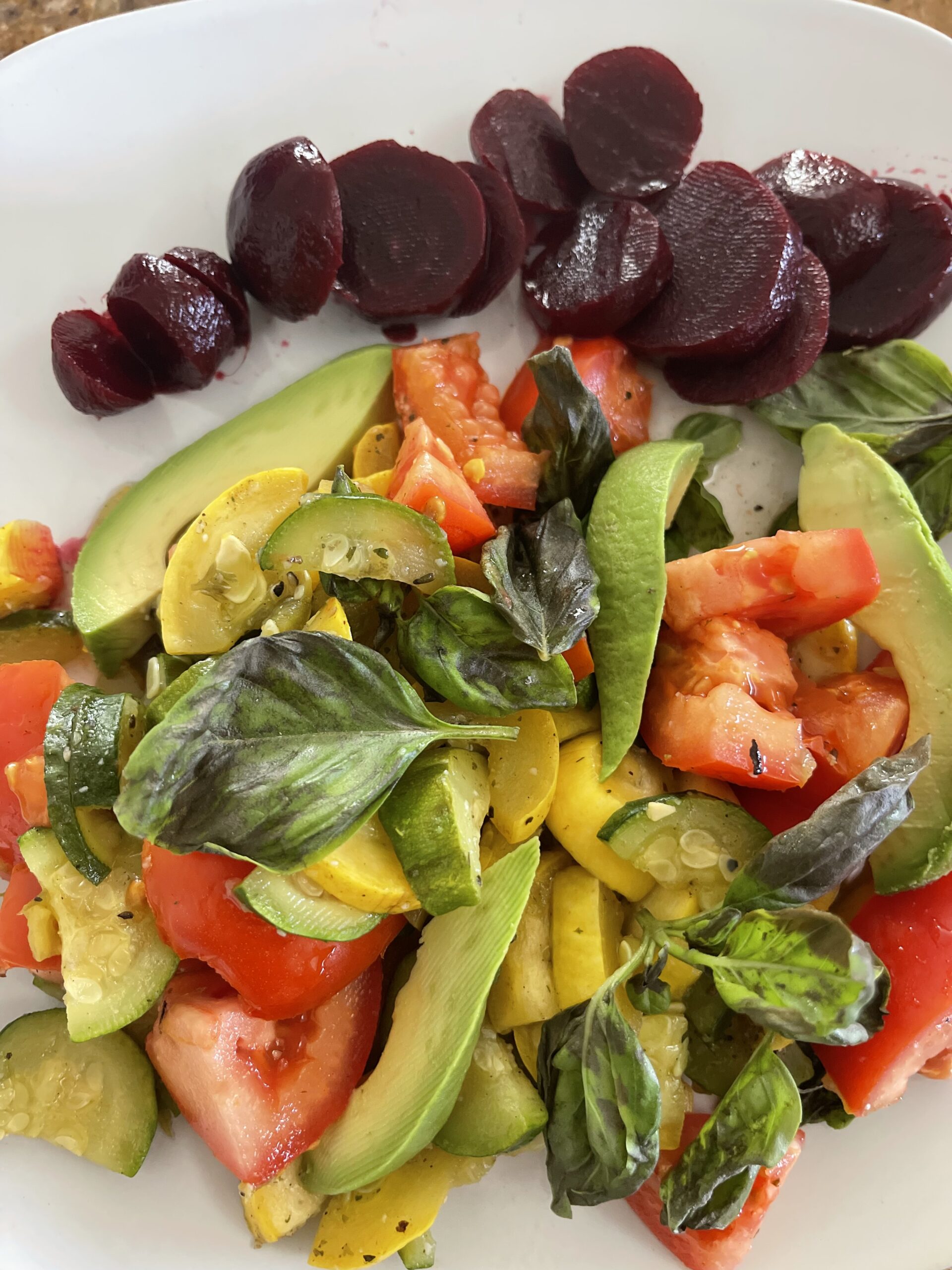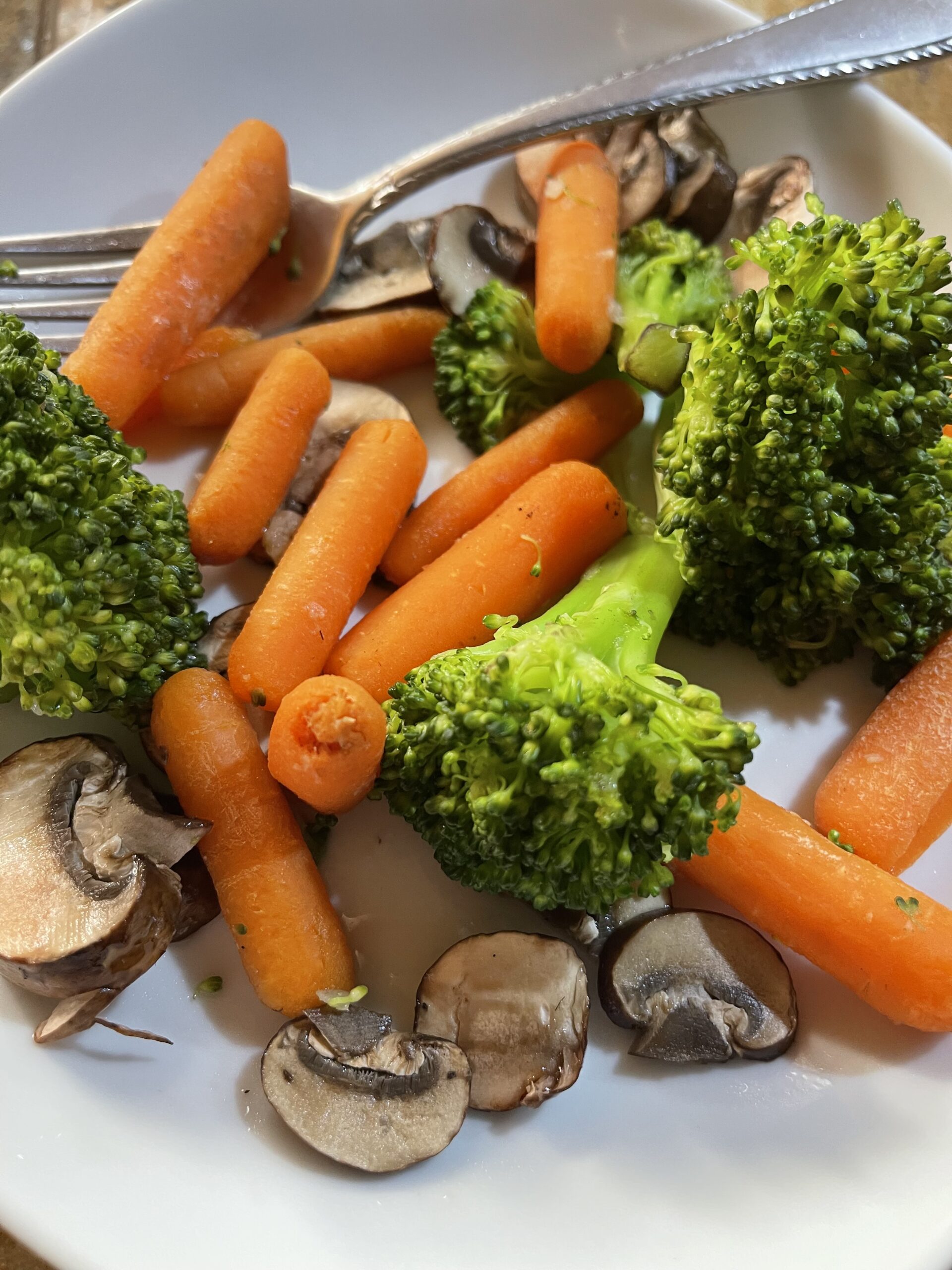


Also known as: Hypertension
As per the statistics provided by the American Heart Association, almost one in three adults residing in the United States grapple with high blood pressure. An alarming revelation accompanies this statistic: nearly one-third of individuals affected are unaware of their hypertensive condition. High blood pressure earns its classification as a silent disease, cunningly operating without overt symptoms, leaving individuals oblivious to their health status. The insidious nature of this condition allows it to persist for years, quietly affecting individuals who may remain unsuspecting of their elevated blood pressure levels. Consequently, a significant portion of the population unknowingly bears the burden of this potentially harmful health condition, emphasizing the imperative for regular blood pressure monitoring and health awareness initiatives to combat the prevalence of silent ailments.
The upper or first number in a blood pressure reading is the systolic pressure and the lower or second number is called the diastolic pressure. According to National Heart, Lung, and Blood Institute guidelines:
- Normal blood pressure is below 120/80 mmHg.
- Prehypertension is systolic pressure that’s between 120 to 139 or diastolic pressure between 80 and 89.
- Stage 1 hypertension is systolic pressure between 140 to 159 or diastolic pressure between 90 and 99.
- Stage 2 hypertension is systolic pressure higher than 160 or a diastolic pressure of 100 or higher.
What is High Blood Pressure?
Also known as: Hypertension
According to the American Heart Association, nearly one in three adults in the United States has high blood pressure. But nearly one-third of those people don’t know they have high blood pressure, because it’s a silent disease. People can have high blood pressure for years without experiencing symptoms or knowing they have it.
The upper or first number in a blood pressure reading is the systolic pressure and the lower or second number is called the diastolic pressure. According to National Heart, Lung, and Blood Institute guidelines:
- Normal blood pressure is below 120/80 mmHg.
- Prehypertension is systolic pressure that’s between 120 to 139 or diastolic pressure between 80 and 89.
- Stage 1 hypertension is systolic pressure between 140 to 159 or diastolic pressure between 90 and 99.
- Stage 2 hypertension is systolic pressure higher than 160 or a diastolic pressure of 100 or higher.
High Blood Pressure Symptoms
High blood pressure usually doesn’t cause any symptoms in the early stages. Symptoms associated with high blood pressure can include:
- Dizziness or dizzy spells
- Headache
- Nosebleeds
Causes of High Blood Pressure
In most cases of high blood pressure, the American Heart Association says there is no one identifiable cause. This kind of high blood pressure is called primary hypertension or essential hypertension. It is usually a combination of factors, such as:
- Weight. The greater your body mass, the more pressure there is on your artery walls. That’s because more blood is produced to supply oxygen and nutrients to tissues in your body.
- Activity level. Lack of physical activity tends to increase heart rate, which forces your heart to work harder with each contraction.
- Tobacco use. Chemicals in cigarettes and tobacco can damage artery walls.
- Sodium intake. Excessive sodium in the diet can result in fluid retention and high blood pressure, especially in people sensitive to sodium.
- Potassium intake. Low potassium can result in elevated sodium in cells because the two balance one another.
- Stress. Stress can raise blood pressure.
- Alcohol consumption. Excessive alcohol intake can, over time, increase the risk of heart disease.
- Age. The risk of high blood pressure increases as you get older.
- Family history. High blood pressure often runs in families.
High blood pressure can also be caused by an underlying condition, such as kidney disease, hormonal disorders, thyroid disease, adrenal gland disease, and the use of certain drugs, such as oral contraceptives, or herbs such as licorice. This type of high blood pressure is called secondary hypertension.
Natural Remedies for High Blood Pressure
Lifestyle changes and natural remedies may help to control high blood pressure, but your doctor may also recommend medication to lower high blood pressure. It is important to work with your doctor, because untreated high blood pressure may damage organs in the body and increase the risk of heart attack, stroke, brain hemorrhage, kidney disease, and vision loss. See a drawing of a hypertensive heart.
- Coenzyme Q10 (CoQ10) There is some evidence that the supplement CoQ10 may help to reduce high blood pressure. A 12-week double-blind, placebo-controlled trial of 83 people with systolic hypertension examined the effect of CoQ10 supplements (60 mg twice daily). After 12 weeks, there was a mean reduction in systolic blood pressure of 17.8 mm Hg in the Coq10-treated group. Another study conducted at the University of Western Australia looked at the effect of CoQ10 on blood pressure and glycemic control in 74 people with type 2 diabetes. Participants were randomly assigned to receive either 100mg of CoQ10 twice daily, 200mg of the drug fenofibrate, both, or neither for 12 weeks. CoQ10 significantly reduced systolic and diastolic blood pressure(mean reduction of 6.1 mm Hg and 2.9 mm Hg respectively). There was also a reduction in HbA1C, a marker for long-term glycemic control.
To learn more about CoQ10, read the Coenzyme Q10 (CoQ10) fact sheet. - Garlic In a meta-analysis of seven randomized controlled trials of garlic supplements, three trials showed a significant reduction in systolic blood pressure and four in diastolic blood pressure. Researchers concluded that garlic powder supplements may be of clinical use in patients with mild high blood pressure. Garlic supplements should only be used under the supervision of a qualified health practitioner. Garlic can thin the blood (reduce the ability of blood to clot) similar to aspirin. Garlic may interact with many drugs and supplements such as the prescription “blood-thinners” drugs such as Coumadin (warfarin) or Trental (pentoxifylline), aspirin, vitamin E, and ginkgo. It is usually recommended that people taking garlic stop in the weeks before and after any type of surgery. To learn more about garlic, go to the articles about garlic.
- Hawthorn The herb hawthorn is often used by traditional herbal practitioners for high blood pressure. In a randomized controlled trial conducted by researchers in Reading, UK, 79 patients with type 2 diabetes were randomized to receive either 1200 mg of hawthorn extract a day or placebo for 16 weeks. Medication for high blood pressure was used by 71% of the patients. At the end of the 16 weeks, patients taking the hawthorn supplement had a significant reduction in mean diastolic blood pressure (2.6 mm Hg). No herb-drug interactions were reported.
- Fish oil Preliminary studies suggest that fish oil may have a modest effect on high blood pressure. Although fish oil supplements often contain both DHA (docosahexaenoic acid) and EPA (eicosapentaenoic acid), there is some evidence that DHA is the ingredient that lowers high blood pressure. Learn more about fish oil.
- Folic acid Folate is a B vitamin necessary for the formation of red blood cells. It may help to lower high blood pressure in some people, possibly by reducing elevated homocysteine levels. One small study of 24 cigarette smokers found that four weeks of folic acid supplementation significantly lowered blood pressure. Learn more about folic acid.
Diet
Changing your diet is an important part of lowering high blood pressure. The DASH (Dietary Approaches to Stop Hypertension) diet is promoted by the National Heart, Lung, and Blood Institute of the National Institutes of Health (NIH).
The DASH diet includes fruits and vegetables, low-fat dairy foods, beans, and nuts. Sodium is limited to 2,400 mg per day.
Studies have found that the DASH diet can reduce high blood pressure within two weeks. These are the daily guidelines of the DASH diet:
- 7 to 8 servings of grains
- 4 to 5 servings of vegetables
- 4 to 5 servings of fruit
- 2 to 3 servings of low-fat or non-fat dairy
- 2 or less servings of meat, fish, or poultry
- 2 to 3 servings of fats and oils
- 4 to 5 servings per week of nuts, seeds, and dry beans
- Less than 5 servings a week of sweets
Serving Sizes
1/2 cup cooked rice or pasta
1 slice bread
1 cup raw vegetables or fruit
1/2 cup cooked vegetables or fruit
8 oz. of milk
1 teaspoon olive oil
3 ounces cooked meat
3 ounces tofu
A related diet called the DASH-Sodium reduces sodium to 1,500 mg a day, which is approximately equal to 2/3 teaspoon from all sources (processed and canned foods contain hidden salt).
Patients following the DASH-Sodium diet had a significant reduction in high blood pressure.
More: The Salt Wars: Is Salt Restriction Necessary?
- Calcium, Magnesium, and Potassium Calcium. Calcium supplementation appears to have a modest but statistically significant reduction in systolic blood pressure (mean difference of 2.5 mm Hg), however, better quality studies are needed. Learn more about getting enough calcium in your diet. Potassium. A meta-analysis of five trials indicated that potassium supplementation compared to a control resulted in a large but statistically non-significant reduction in systolic blood pressure (mean difference 11.2 mm Hg) and diastolic blood pressure (5.0 mm hg). Learn about potassium in the diet and find out which foods have potassium. Magnesium. In 12 randomized controlled trials, participants receiving magnesium supplements did not have a significant reduction in systolic blood pressure, but they did have a statistically significant reduction in diastolic blood pressure (mean difference 2.2 mm Hg). Read more about magnesium in the diet.
- Mind-Body Interventions Mind-body interventions, particularly autogenic training, biofeedback, and yoga, have been found to modestly reduce high blood pressure compared with placebo. Autogenic Training
Autogenic training is a technique used for stress reduction and relaxation. It involves a series of sessions in which people learn how to control breathing, blood pressure, heart rate, and body temperature. People learn six exercises that each involve a certain posture (e.g. reclining in a chair), concentration without a goal, imagination, and verbal cues. Each exercise is learned by watching a teacher demonstrate it or by reading a description. It requires regular practice. Biofeedback
Biofeedback is a technique in which people learn how to gain control over internal body processes that normally occur involuntarily, such as blood pressure, heart rate, muscle tension, and skin temperature. Biofeedback is primarily used for high blood pressure, migraine, tension headaches, chronic pain, and urinary incontinence. Of the different types of biofeedback, thermal feedback (which measures skin temperature) and electrodermal activity feedback (which uses a probe that responds to sweat) may be more effective than direct blood pressure feedback or electromyography (EMG), which measures muscle tension. Learn more about biofeedback. Yoga
Preliminary studies have found that yoga may lower blood pressure. Go to the yoga resources page. - Aerobic Exercise Aerobic exercise is an important part of the natural approach to lowering high blood pressure. A meta-analysis of 105 trials involving a total of 6805 participants found that aerobic exercise was associated with a mean reduction in systolic blood pressure of 4.6 mm Hg, with corresponding reductions in diastolic blood pressure. People with high blood pressure should speak with their doctor first before embarking on a new exercise program. Learn about the effect of exercise on blood pressure and the heart.
- Ayurvedic Medicine In Ayurveda, the traditional medicine of India, high blood pressure is treated according to each person’s dosha, or constitutional type. The pitta type may have a flushed face, red eyes, headaches, light sensitivity, irritability, and nosebleeds. The kapha type may have excess weight, water retention, high cholesterol, and sluggishness. The vata type may feel cold, have gas, bloating, constipation, insomnia, nervousness, worry, or anxiety. What’s Your Ayurvedic Type?
Ayurvedic Foods for Each Type
Ayurveda Factsheet - Traditional Chinese Medicine In traditional Chinese medicine, high blood pressure is often attributed to a problem with the circulation of vital energy (qi) in the body. Chinese medicine practitioners believe that depression, anger, obesity, and high intake of fatty foods are some of the causative factors. A combination of acupuncture and herbs is often recommended. Foods thought to have medicinal properties that may help high blood pressure include water chestnut, turnip, honey, Chinese celery, hawthorn berries, and mung beans. Emotions also play a role in our health. Learn about emotions in traditional Chinese medicine.
- Herbs and Supplements To Avoid Herbs that have been found or suspected to cause high blood pressure include:
Licorice
Ephedra
Asian Ginseng
Rosemary essential oil
Health Disclaimer. This blog provides general information and discussions about health and related subjects. The information and other content provided in this blog, or in any linked materials, are not intended and should not be construed as medical advice, nor is the information a substitute for professional medical expertise or treatment. If you think you may have a medical emergency contact your primary care physician or call 911 immediately.



